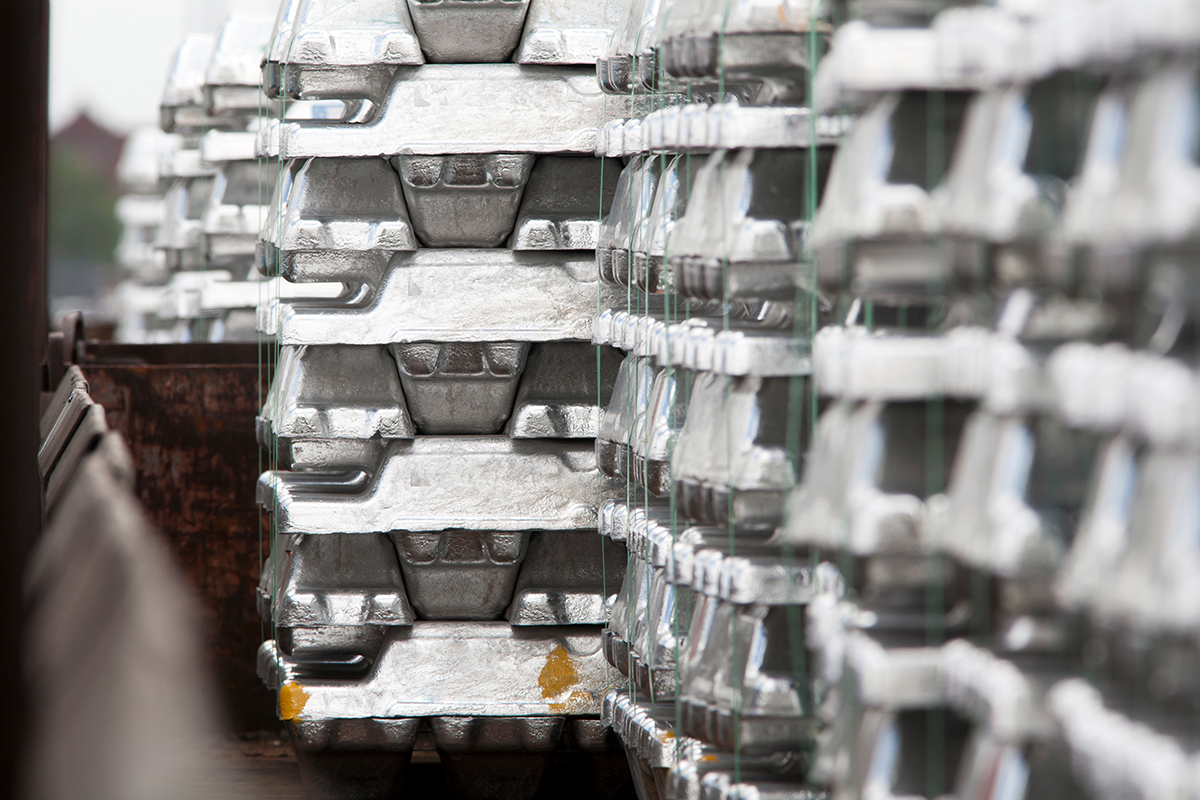Aluminum is one of the most known commercial metals, with nearly every household having an aluminum product at any given time. This is due in part to the metal’s sheer versatility and light weight, paired with its natural corrosion resistance. The ductile composition of aluminum lends it to applications of all shapes and sizes but plating and sheet forming are some of the more popular uses. The grade of aluminum used in each setting will differ, as even differences of less than 0.1% can have a significant impact on the final product.
Understanding Aluminum Purity
Breaking down aluminum grades first begins by separating pure aluminum from aluminum alloys, which are a combination of aluminum and another metal. These alloys have their own use cases, but pure aluminum grades define different purities between 99.5% and 99.99%. Each grade of Belmont Metals’ pure aluminum comes in different forms and is created with specific applications in mind.
Ultra-Pure Aluminum (99.9%)
Ultra-Pure aluminum is used in situations that require a metal with little to no chemical reactivity but industrial strength. This grade of aluminum can withstand high temperatures and has good electrical conductivity. Strong corrosion insulation with a rigid finish makes Ultra-Pure aluminum common in galvanizing to extend the life of the underlying metal.
High Purity Aluminum (99.99%)
High Purity grade aluminum takes purity as high as possible, creating one of the lightest forms of aluminum available. There’s no loss of corrosion resistance with higher purity, which makes this lower density version of aluminum the go-to for aircraft production.
Primary High Precision Aluminum (99.85%)
Here is where the purity of aluminum nears that of most commercial products available to consumers and craftspeople. Primary High Precision aluminum is often purchased by the ingot thanks to its relatively low price that reflects its abundance. At this purity, aluminum serves chiefly as an electrical conductor, where it delivers nearly twice the effective conductivity as copper on a weight-for-weight basis.
Aluminum Base Alloy (99.5%)
The final aluminum grade is Base Alloy as it’s the most economical option when creating an aluminum alloy. This allows end users to create their ideal composition that brings aluminum’s rigidity, nontoxic nature, and 100% recyclability to the table of commercial alloys. Aluminum packaging in the food industry is typically made with 99.5% purity aluminum, while the metal can also be found in electrical conductors throughout a building.
When To Use Each Purity
The final decision on which grade of aluminum to choose will come down to a few key comparisons. Save on costs by considering what benefits of a grade are needed and which downsides you can work around. Is corrosion most important? Or is workability and tensile strength the focus?
For 99.99% purity aluminum, the benefits of low density combined with industry-standard hardness make it worth the cost due to the final application often being part of multi-million-dollar projects. Aerospace engineers have used increasingly more pure aluminum in rocket design, capitalizing on advancements in aluminum refinement.
The more cost-effective 99.5% and 99.85% grades are a better fit for plating applications to combat corrosion or as conductors in transmission lines. Many instances where copper would be used are being swapped to this grade of aluminum as performance either maintains or improves while costs are cut drastically.
Belmont Metals and High-Purity Aluminum
Ultimately, the choice of aluminum grade depends on your specific needs. If you’re ready to get started, or have any questions, reach out to Belmont Metals for high-quality aluminum for your next project.

